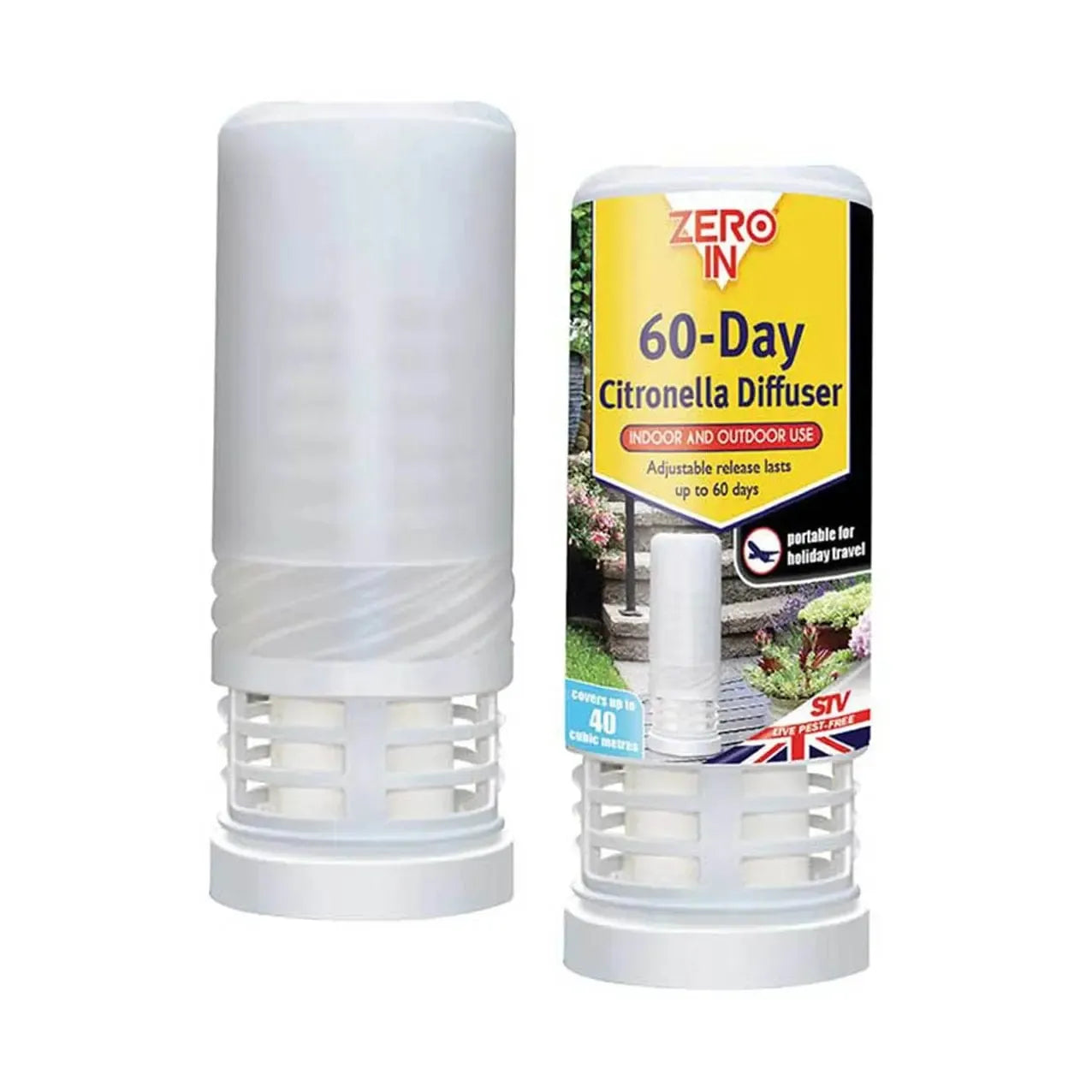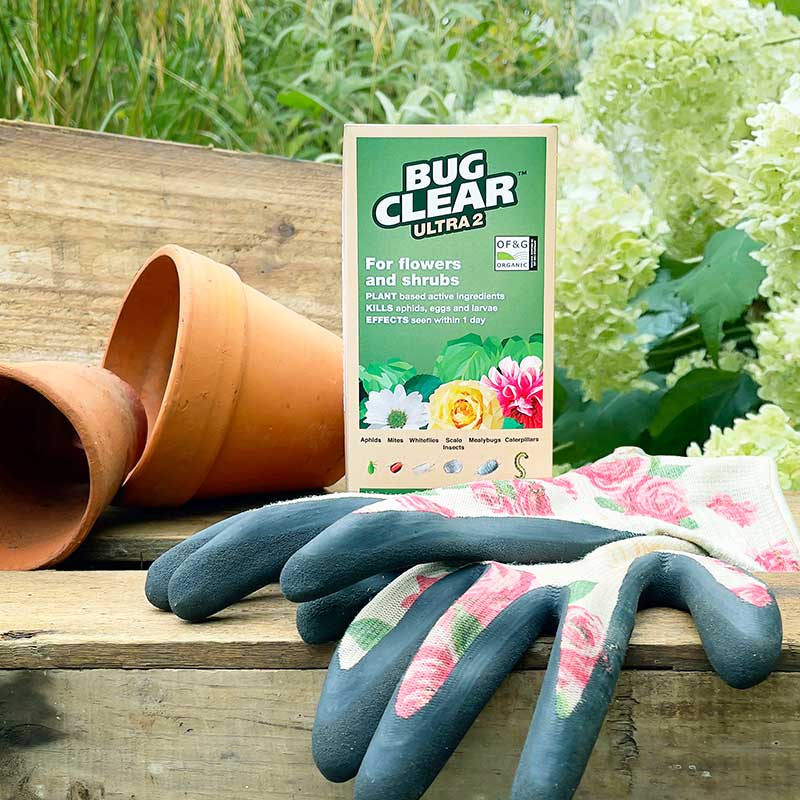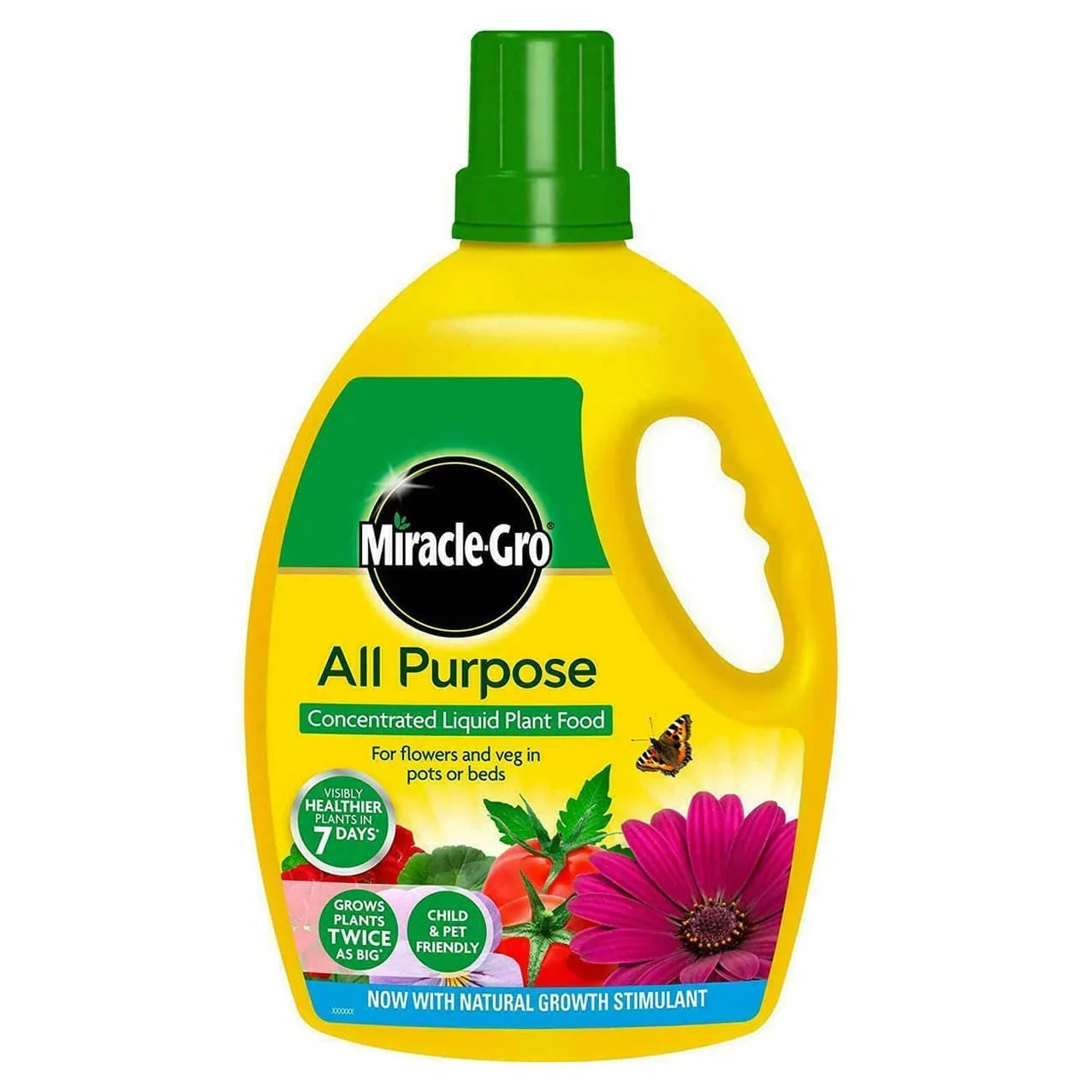Seasonal lawn care calendar
This seasonal lawn calendar contains all the tips and advice you would need to get you through the year with a thriving lawn. Perhaps you have been having a drier yard, due to recent hot and dry weather conditions. I don't mind if your lawn has scorched in the heat of summer-it'll perk up in autumn after the first rain as it always does, ready for next year; meanwhile, check this out calendar so you know how to care for your lawn at the right time of the year.
Autumn seasonal lawn care
- When the grass's growth has slowed down, you need to adjust your mower blade such that you mow no more.
- Scarify and aerate your lawn to allow good airflow, clear weeds and moss. If your lawn is already established, you may well use a weed and feed product to help out.
- If your lawn is patchy in some places, then it's high time for you to sow some lawn seed or lay down some turf.
- If your lawn needs top dressing the time has come.
Winter seasonal lawn care
- For example, if you have fallen debris or leaves on your lawn, sweep them away since no pest or disease should live underneath.
- If the lawn is very loaded with worm castings, it is also satisfactory to simply brush them off when dry.
- Chop a little of the overhanging foliage from the surrounding shrubs and plants onto the lawn.
- Keep that all grounds maintenance equipment, tools, and implements are in good condition, cleaned, and in preparation for the winter.
- Limit walking on the lawn, especially when it is frozen or waterlogged.
Spring seasonal lawn care
- And finally, as you would have seen, the weather will warm up from now on, so you can start mowing your lawn without any constraint, bit by bit lowering the cutting height from its initial position.
- If necessary, top-dress your lawn.
- Scarifying weed and moss can be exercised in spring.
- Reseed bare areas before it gets too warm.
- If your lawn is already established, start to monitor it; it will make it grow.
Summer seasonal lawn care
- You are going to mow much of that lawn, but if you don't, there's value left there for wildlife.
- Pull up all the weeds by hand.
- Irrigation, length of dry period in storage, use grey water from your house. Use available water.
- If you are interested in having some pests like Chafer Grub killed, then these can definitely be used to allow a cycle to break.
- If one were leaving town or some such place for a while, he must ensure requesting his neighbours to water for him.

Different lawn feeds contain varying nutrients, crucial for different seasons. In spring and early summer, a nitrogen-based fertiliser is vital as it promotes lush green growth. However, in autumn, a feed with less nitrogen but enriched with phosphates and potassium is preferable as these nutrients strengthen grass roots and aid in winter resilience.
For spring and summer lawn feeding, consider Miracle-Gro EverGreen Complete 4 in 1, which not only nourishes your lawn but also combats weeds and moss simultaneously. This product is effective in tackling emerging weeds and moss while providing a nitrogen boost for healthy growth. For precise application, it's recommended to use a spreader rather than applying by hand.
In late spring and summer, transition to a lawn feed to maintain grass thickness and vibrancy. Liquid lawn feeds, applied through a hose end feeder, are suitable during this period, especially in dry conditions as they provide additional hydration to the lawn.
During hot, dry spells when grass growth slows and lawns become stressed, it's advisable to pause feeding until rainfall allows the water to penetrate the soil adequately. Resuming feeding after rainfall ensures optimal absorption and minimizes the risk of lawn damage. Lawns typically rebound quickly once natural watering resumes, often eliminating the need for additional irrigation.















